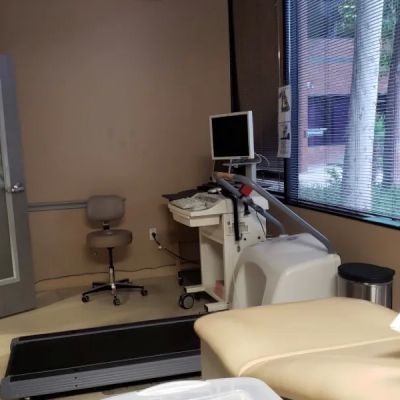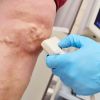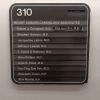- 1-Understanding-Heart-Disease-and-the-Need-for-Monitoring
- 2-What-Are-Wearable-ECG-Devices
- 3-Benefits-of-Using-Wearable-ECG-for-Heart-Disease
- 4-How-Wearable-ECG-Devices-Detect-Arrhythmias
- 5-Real-Life-Examples-Showcasing-Impact-of-Wearable-ECG-Devices
- 6-Choosing-the-Right-Wearable-ECG-Device-and-Resources
1. Understanding Heart Disease and the Need for Monitoring
Heart disease remains one of the leading causes of death worldwide, making early detection and ongoing monitoring vital. Conditions like arrhythmias, coronary artery disease, and heart failure require continuous observation to prevent complications and improve patient outcomes. Traditional methods such as in-clinic ECGs provide snapshots but often miss intermittent irregularities.
The need for more accessible, continuous, and user-friendly heart monitoring has led to the rise of wearable ECG devices, which empower patients and healthcare providers to track heart health beyond the clinical setting.
2. What Are Wearable ECG Devices
Wearable ECG devices are compact, portable tools designed to continuously record the electrical activity of the heart. Unlike standard ECG machines tethered to clinics, these devices can be worn on the wrist, chest, or integrated into smartwatches, enabling real-time heart monitoring throughout daily activities.
Modern wearable ECG monitors connect to smartphones or cloud services, allowing users and doctors to access detailed heart rhythm data anytime, anywhere. This continuous monitoring is especially useful for patients with sporadic symptoms or those at high risk of heart disease.
3. Benefits of Using Wearable ECG for Heart Disease
Wearable ECG devices offer numerous advantages. They provide long-term, non-invasive monitoring that can detect abnormalities earlier than occasional checkups. Patients gain peace of mind by tracking their heart health continuously, which can motivate healthier lifestyle choices.
From a clinical perspective, these devices improve diagnosis accuracy, reduce hospital visits, and enable timely interventions. They also support remote patient monitoring, a critical feature in today’s telehealth landscape.
Additionally, wearable ECGs promote patient engagement, as users become active participants in managing their heart condition, fostering better adherence to treatment plans.
4. How Wearable ECG Devices Detect Arrhythmias
Arrhythmias—irregular heartbeats—can be fleeting and difficult to capture during routine exams. Wearable ECG monitors continuously track the heart’s electrical signals, using sophisticated algorithms to identify abnormal rhythms such as atrial fibrillation, premature ventricular contractions, or tachycardia.
When an arrhythmia is detected, these devices can alert the user, prompting immediate medical attention or logging data for healthcare providers to review. This capability significantly reduces the risk of stroke or sudden cardiac events by ensuring early diagnosis.
5. Real-Life Examples Showcasing Impact of Wearable ECG Devices
Consider John, a 58-year-old with a history of palpitations but no definitive diagnosis. After using a wearable ECG device for several weeks, intermittent atrial fibrillation episodes were recorded, leading to timely treatment that reduced his stroke risk.
Similarly, Maria, an active senior, credits her smartwatch ECG feature with alerting her to an unnoticed arrhythmia during exercise, resulting in early intervention and improved heart health.
Stories like these demonstrate how wearable ECG technology empowers individuals to take control of their heart disease management effectively.
6. Choosing the Right Wearable ECG Device and Resources
Selecting an appropriate wearable ECG device depends on individual needs, such as comfort, accuracy, and connectivity. Consulting healthcare professionals and trusted platforms like HeartCare Hub can help identify devices that align with your heart health goals.
HeartCare Hub offers comprehensive information on the latest wearable ECG monitors, reviews, and guides to support patients and caregivers in making informed choices. Integrating a wearable ECG into your health routine can be a game-changer for proactive heart disease management.




















